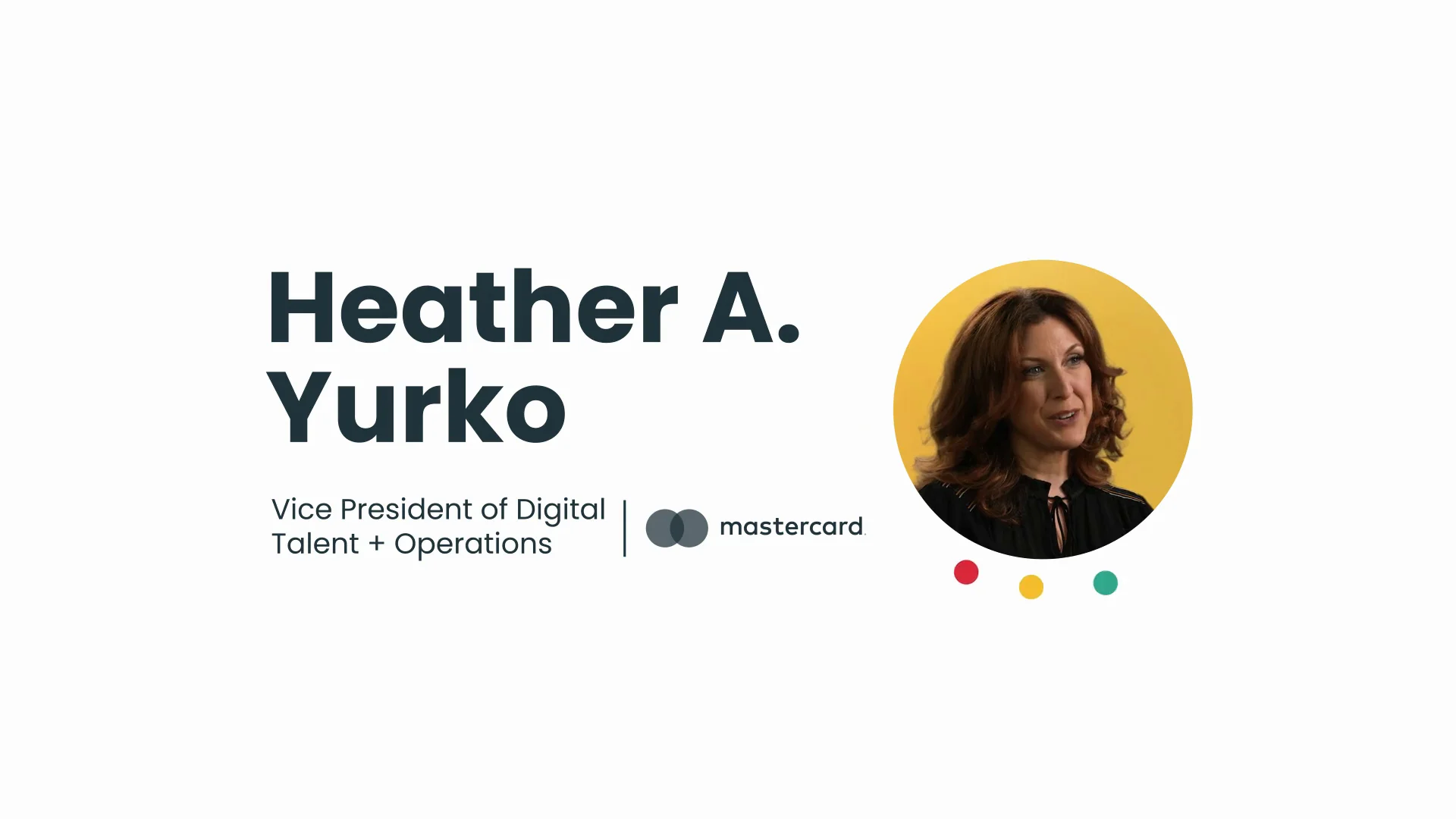Dynamic ways of working will be a prerequisite for success. Here’s why:
Agility isn’t a buzzword—it’s the guiding light in this new world of work. Leaders can’t go far without reading about agile transformations or hearing colleagues tout the benefits of more dynamic ways of working.
In a new chapter of work already hallmarked by accelerated timelines and ongoing disruptions, there’s no question that agile organizations are best positioned to come out on top. COVID-19 may have been what put workplace agility on many executives’ radars, but the ability to rapidly shift gears will only continue to grow in importance during the pandemic’s aftermath.
By now, most leaders are aware of the benefits associated with embracing more agile ways of working. Yet, there’s still a lot of uncertainty about what workplace agility looks like in action and the steps businesses must take to devise more fluid strategies.
What does agility mean in the context of work?
The word agile gets used a lot, but it has a specific meaning when it comes to workplace structures. Organizations can only be considered agile when their entire workforce embraces more dynamic and fluid ways of working.
Leaders must empower their people to develop multiple skill sets, take on new challenges, and continuously pursue emerging opportunities to expand their knowledge and collaborate cross-functionally. To achieve workforce agility, employees need transparency into all of the opportunities their organization has to offer, while managers should be empowered to tap into talent across the business to get key projects across the finish line. This type of free-flowing exchange of talent requires careful workforce planning, as leaders must anticipate future skills needs and lay the groundwork for ongoing upskilling and reskilling.
The benefits of agile working
While shifting from a traditional, top-down hierarchy to a flatter, more networked structure is challenging, unlocking agility pays off. Here are some of the top benefits associated with embracing a more dynamic way of working:
- Faster response times
Agile workforces minimize silos and rigid hierarchies, the top two culprits for delayed response times. Instead, full skills visibility and networked teams make it easy to efficiently redeploy talent as new priorities emerge. As a result, shifting resources and adapting strategies becomes a smooth process, allowing businesses to respond on the fly. - Improved engagement and retention
Internal mobility is a common denominator amongst agile organizations. Employees are empowered to take on new projects and pitch in, which in turn keeps them engaged and ensures that workers will continue to grow and develop their skills. - Greater innovation
An agile workforce encourages employees to share their ideas, build new skills, and tackle projects that might be outside of their comfort zone. These organizations minimize hierarchies and move away from top-down cultures, which motivates people from across the organization to voice new suggestions and bring ideas to bear faster.
4 hallmarks of agile organizations
Although every business’s approach to accelerating innovation will vary, there are a few best practices that most agile organizations have in common:
#1. Skills-based strategies
Skills are the backbone of every agile organization. Businesses that embrace skills-based strategies are inherently agile because these companies break down work into tasks, rather than jobs, and match employees to projects based on the skills they have and the knowledge they wish to acquire.
To become a skills-based organization, all employees need full visibility into the opportunities available to them throughout their company. At the same time, employers must gain a comprehensive understanding of the skills their organization has, the knowledge gaps that are emerging, and the areas of expertise they must prioritize next.

#2. Autonomy and flexibility
Strict job structures and rigid hierarchies have no place in an agile organization. Instead of expecting employees to adhere to stringent guidelines and stick to obsolete operating models, people at agile organizations are empowered to challenge the status quo.
Employees at these companies are placed at the helm of their career development and are encouraged to make their own decisions about which learning and training opportunities they wish to pursue. Agile workplaces spend less time dictating where and when work gets done, and more time executing the strategic priorities that will set their business apart.

#3. A culture of inclusivity
At agile organizations, all employees gain access to the same breadth of skill-building activities and developmental opportunities. In contrast, traditional workplaces often fail to create a level playing field for their entire workforce, since access to opportunities often depends on external factors like who an employee knows.
When businesses remove biases and barriers from the equation, every team member will be empowered to apply for opportunities across the organization. As a result, managers can tap into qualified talent whose experience and expertise may have once gone unnoticed.

#4. Workforce intelligence
Workforce intelligence is what brings visions for agile, skills-based organizations to life. Without a full picture of the capabilities within an organization and the competencies that must be developed, leaders will struggle to make the strategic workforce planning decisions needed to pivot their strategies.
The most impactful workforce intelligence offerings create a central platform that provides the actionable insights needed to design future-fit workforces. Gloat’s Workforce Intelligence includes offerings that are crucial for powering agile organizations, such as a Skills Management Console, Job Architecture Console, and Workforce Insights.
To learn more about what you can do to take dynamic ways of working to the next level, find out how a workforce agility platform enhances agility and speed to market.
About Gloat
Gloat pioneered the Talent Marketplace category with the first AI-powered Talent Marketplace platform, built to break down the silos holding organizations back and enabling them to shift talent freely, empower employees and adapt on the fly. Using an industry-leading AI, Gloat matches employees with internal opportunities by autonomously aligning skills, capabilities and aspirations with the needs of the business. As a result, managers gain frictionless access to untapped talent at speed. While employees gain access to meaningful development opportunities and experiences including projects, gigs, full-time roles, mentorships, job swaps, learning experiences, and much more. The real-time data generated by the platform, meanwhile, provides leaders with immediate visibility into the skills and availability of the workforce so they can plan and future-proof the business. Gloat pioneered the Talent Marketplace category and is trusted by some of the world’s leading global enterprises today, with deployments in over 120 countries across Unilever, Schneider Electric, Standard Chartered Bank, PepsiCo, Nestlé, HSBC, Novartis, and many more.

